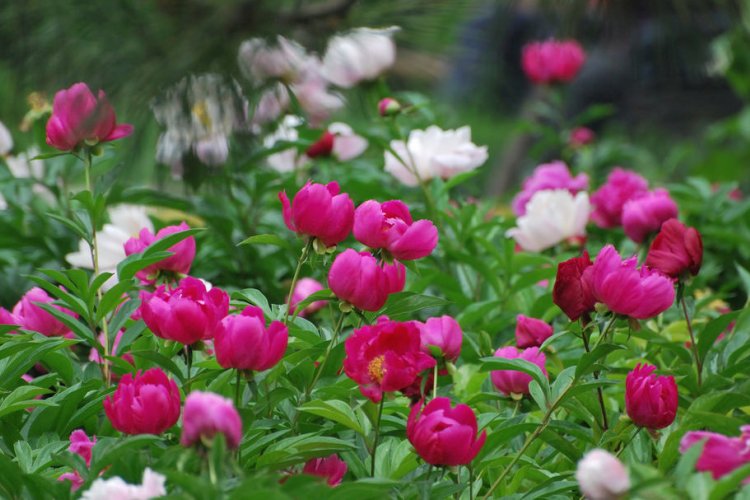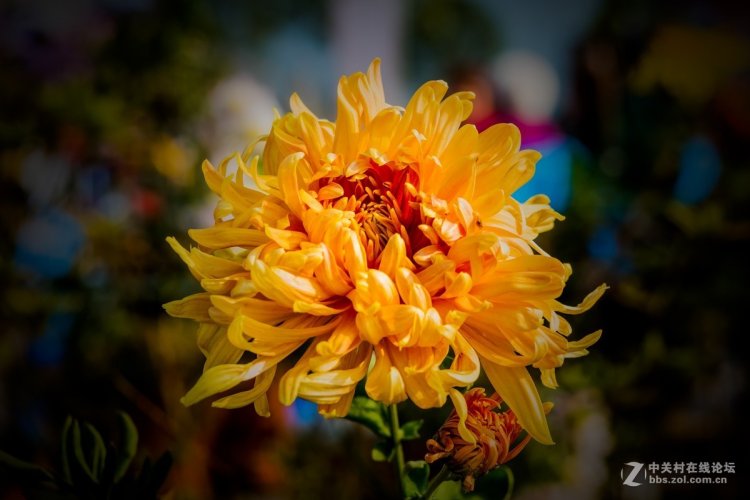Beyond the Hutong: Exploring the Paths Less Traveled South of the Clouds
This article comes from the Hutong (WeChat ID: TheHutong), which aims to educate people about Chinese history, geography, and culture, in Beijing and beyond. In November 2019, a group of students from California joined the Hutong on an adventure along parts of the Ancient Tea and Horse Road in northern Yunnan. We spent six incredible days exploring the history of Tea and Horse Road, experienced some of the rich culture of Yunnan’s ethnic minority groups, tasted some truly delicious Yunnan cuisine, and challenged ourselves with hiking and cycling. Yunnan, literally meaning “South of the Clouds,” lies in the southwest of China. It borders Laos, Myanmar (Burma), and Vietnam as well as the provinces of Guangxi, Guizhou, Sichuan, and Tibet. The province is one of the most diverse in China and is famed for its multitude of ethnic groups, whose diverse customs can still be seen today.

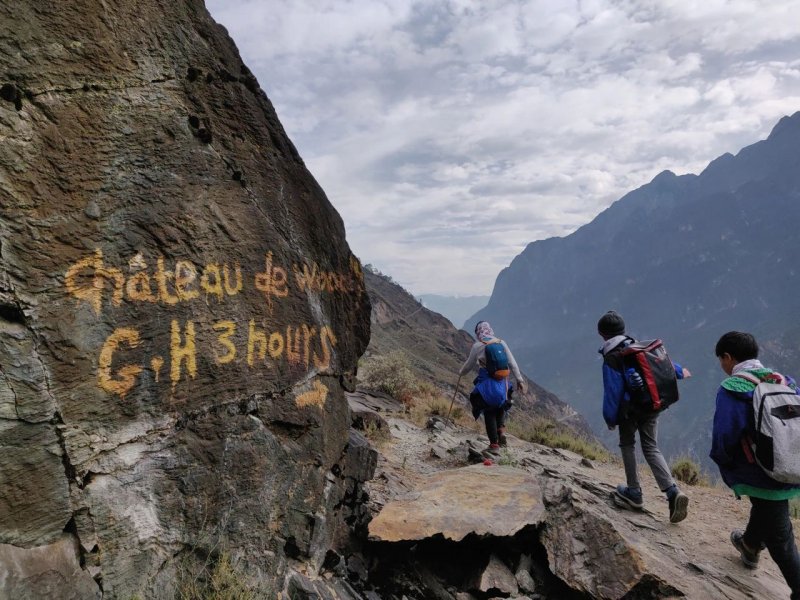
Minority groups
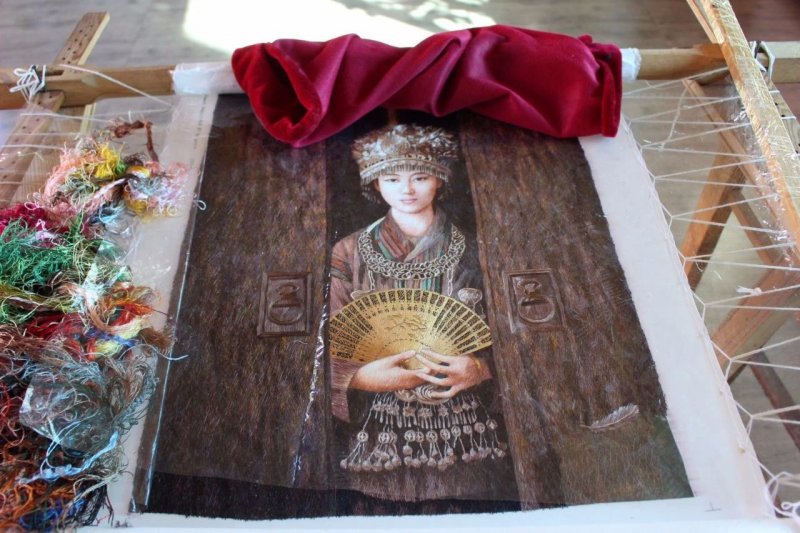
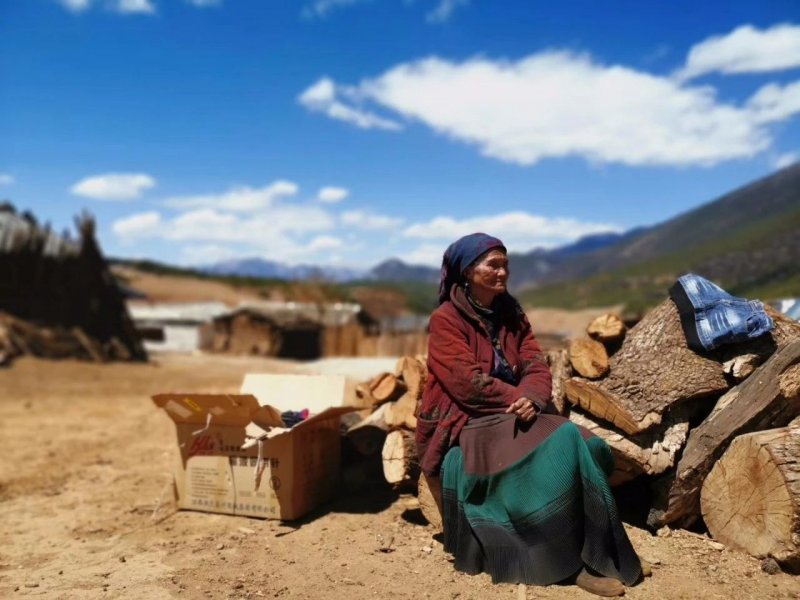
The Bai people, just one of these ethnic groups, are extremely hospitable; all guests are received warmly and treated well.
Climate and Scenery
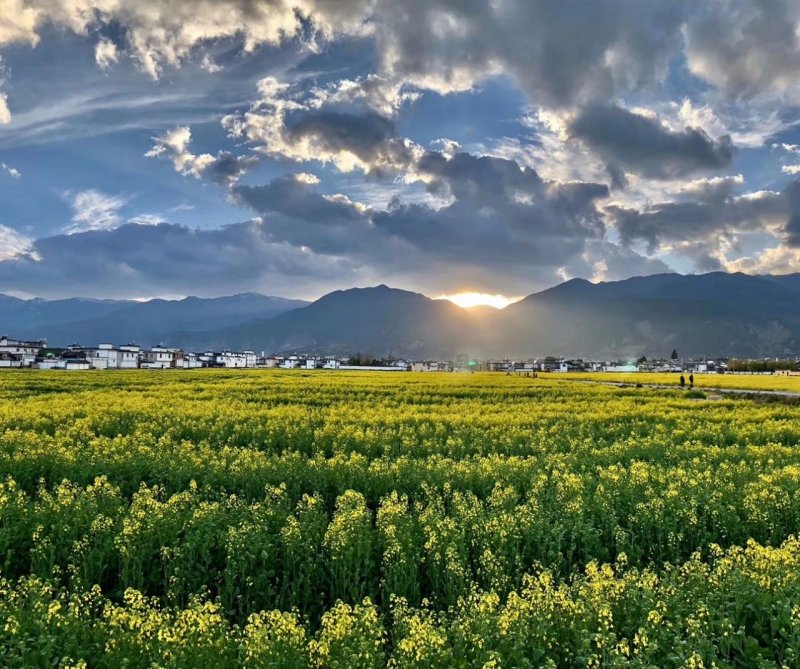

Tea and Horse Caravan Road

The “Tea and Horse Caravan Road” of Southwest China is less well known than the famous Silk Road. Its route crosses some very high and dangerous terrain. The name of the road indicates its importance in the trade of tea and horses, but other products passed along here as well. Horse caravans carried tea, sugar, and salt from Sichuan and Yunnan to Tibet and brought back colorful local mountain goods.
Hiking and Cycling
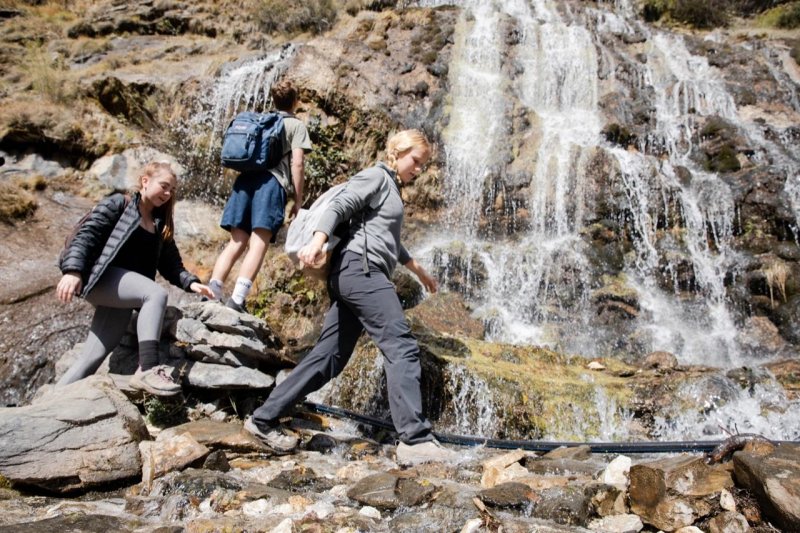
Hike this epic trail along the same mountain paths once traversed by horsemen carrying tea into Tibet. Tiger Leaping Gorge is a scenic canyon on the Jinsha River, a primary tributary of the upper Yangtze River. Legend says the name comes from a hunted tiger who escaped its captors by jumping across the river at the narrowest point using the rock in the middle.
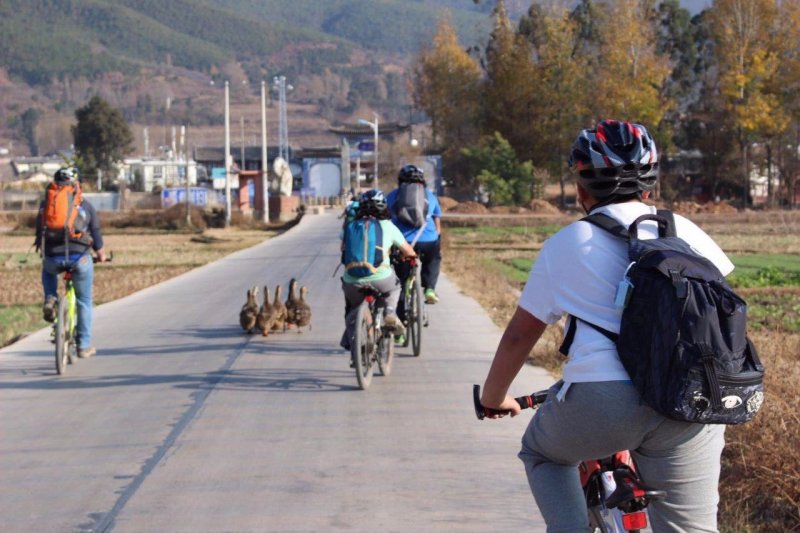
Lovely Old towns: Xizhou & Shaxi
Xizhou is a small village in Dali that lies against Erhai Lake. It's considered the “mother lake” for local people. The Cang Mountain lies to her west, adorned with flowers and a northerly wind. Xizhou is famous for her traditional Bai style buildings, lively local culture, and delicious handmade snacks. Xizhou is honored as one of the ten most beautiful ancient villages in China.
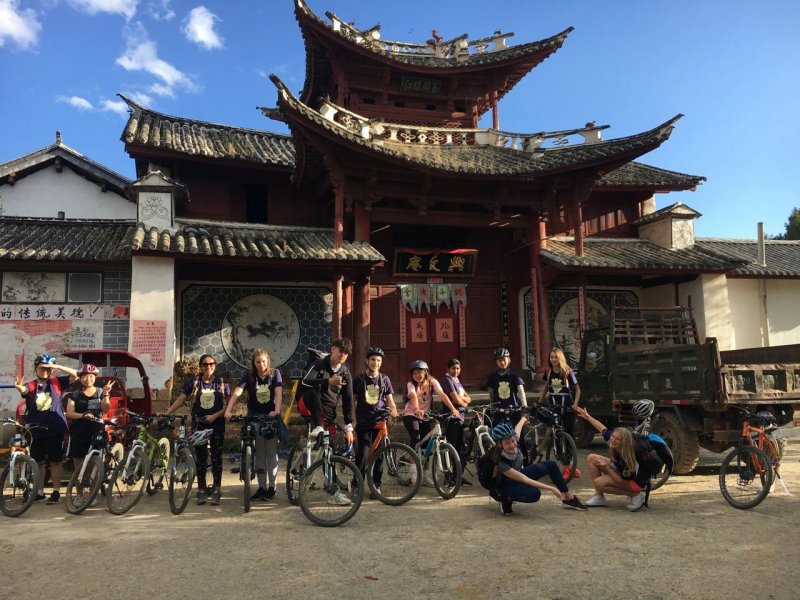
Located Southwest of Dali, Shaxi has a special position in Dali’s history. Not only was it a large town founded over 2,400 years ago, but it also played a pivotal role during the Tang Dynasty, where it used to be an important post for the old Tea Horse Road. Visitors from all over came here to do business.

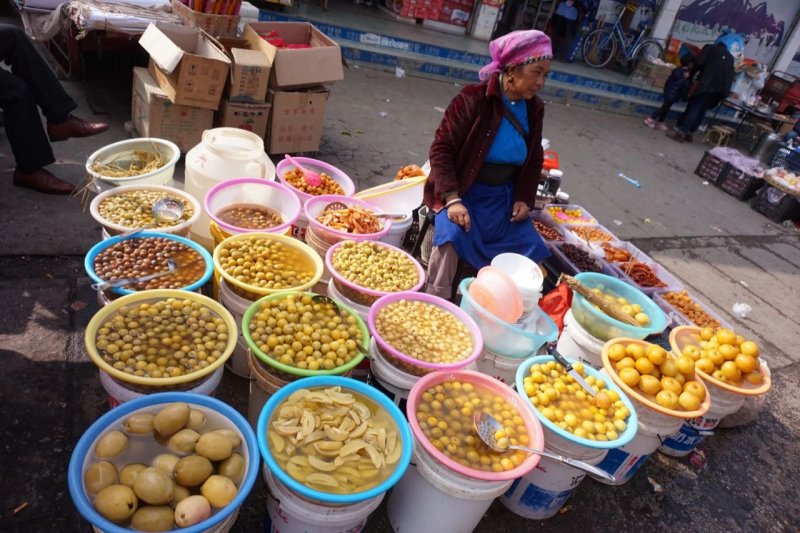
Images: The Hutong


